Fucecchio. Panorama from the lookout of the city
2021
Fucecchio is an Italian town of 23,076 inhabitants in the metropolitan city of Florence in Tuscany, in the lower Valdarno.
You may also like
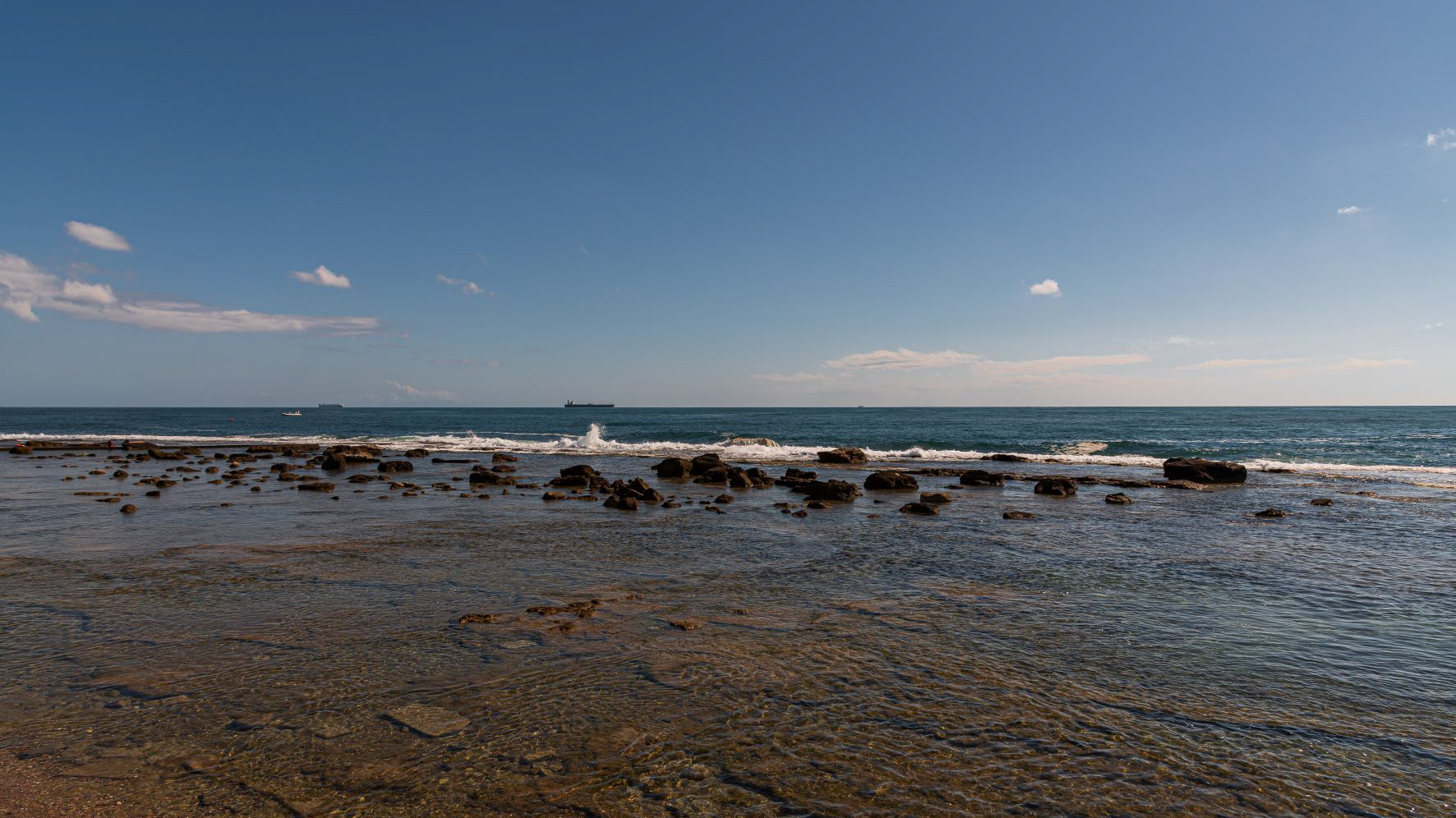
2021
Livorno
Livorno, Tuscany. The Livorno seafront. The Ligurian sea as seen from Terrazza Mascagni
The Livorno seafront is a promenade that winds for several kilometers along the coast of the Ligurian Sea, starting from the port area and ideally ending in the coastal stretch of the Romito.
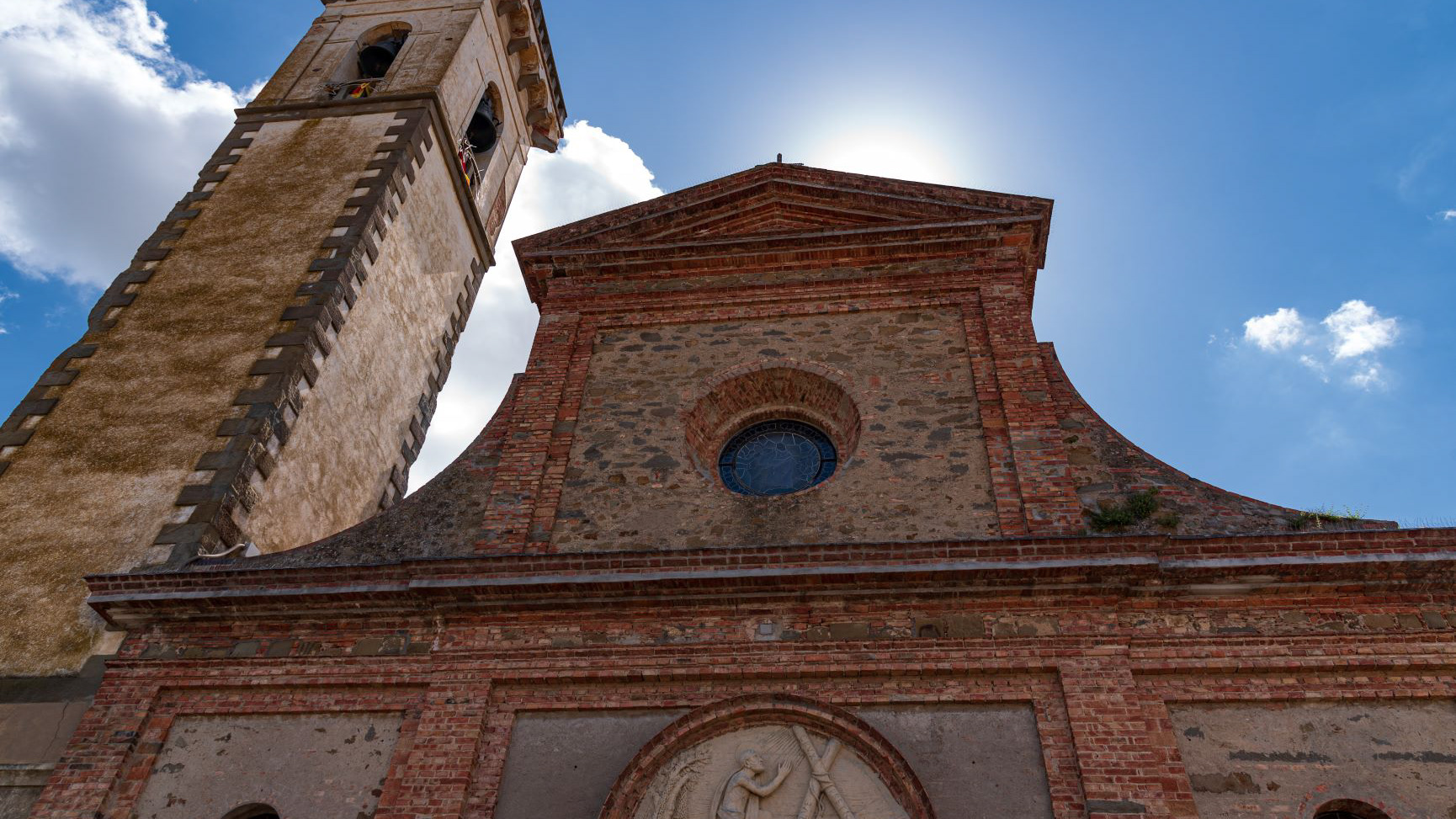
2021
Vinci. Church of Santa Croce
Of thirteenth-century origin, restored several times, it no longer retains the original structure. The neo-Renaissance style works carried out in the years 1925-1935 gave it its current appearance.
2021
Lucca, Tuscany. The church of San Giusto
The church of San Giusto is a church in Lucca located in the square of the same name. The current building, built on a previous one, dates back to the second half of the 12th century.
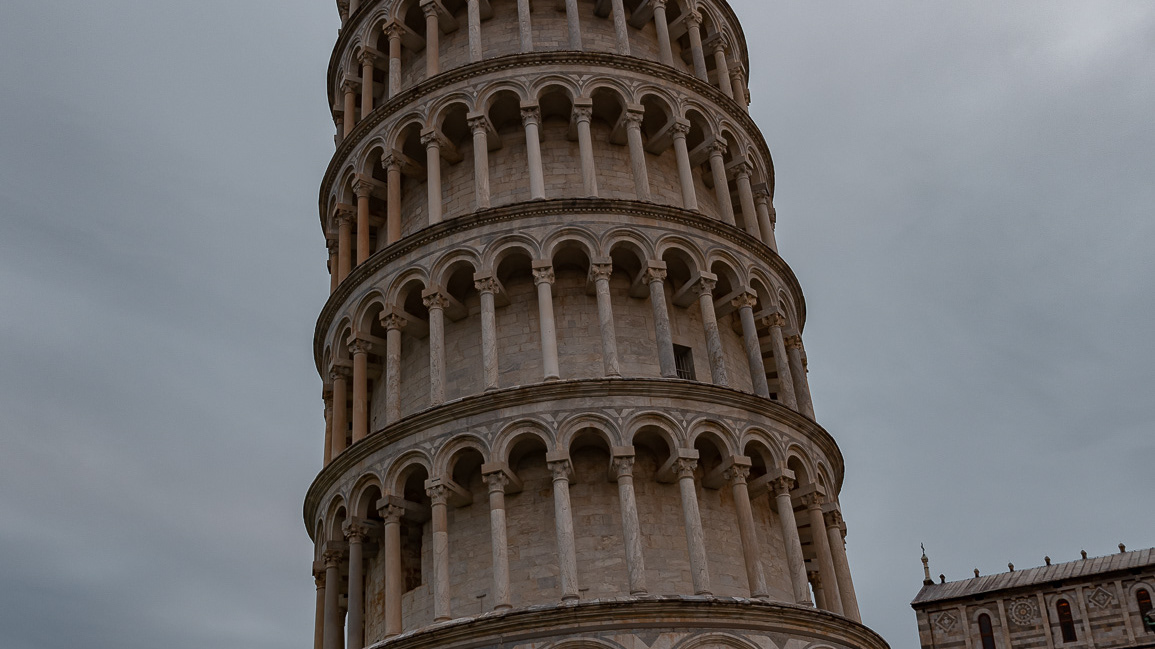
2021
Pisa, the Leaning Tower
The tower of Pisa (popularly known as the leaning tower and, in Pisa, the Campanile or the Tower) is the bell tower of the cathedral of Santa Maria Assunta, in the famous Piazza del Duomo of which it is the most famous monument due to the characteristic slope, symbol of Pisa and among the iconic symbols of Italy. It is a separate bell tower 57 meters high (58.36 meters considering the foundation plan) built over two centuries, between the twelfth and fourteenth centuries. With a mass of 14 453 tons, the curved line predominates, with turns of blind arches and six floors of loggias. The slope is due to a subsidence of the underlying land which occurred in the early stages of construction. The inclination of the building measures 3.97 ° with respect to the vertical axis. The tower is managed by the Opera della Primaziale Pisana, a body that manages all the monuments in the Piazza del Duomo in Pisa. It was proposed as one of the seven wonders of the modern world. Work began on 9 August 1173. The foundations were left to rest for a whole year. Some studies attribute the authorship of the project to the Pisan architect Diotisalvi, who was building the baptistery at the same time. The similarities between the two buildings are in fact many, starting with the type of foundations. Others suggest instead Gherardi, while according to Vasari the works were started by Bonanno Pisano. Vasari's thesis was considered valid above all after the discovery in the vicinity of the bell tower of a tombstone with the name of Bonanno, walled up in the atrium of the building; moreover, in the nineteenth century an epigraphic fragment of pink material was always found in the surroundings, probably a cast on which a metal plate was cast, which is placed on the jamb of the building's entrance door. On this fragment we read, upside down: "Pisan citizen named Bonanno". This cast in all probability related to the royal door of the Cathedral, destroyed during the fire of 1595. The first phase of the works was interrupted in the middle of the third floor, due to the subsidence of the land on which the base of the bell tower stands. The softness of the ground, made up of normally consolidated soft clay, is the cause of the slope of the tower and, although to a lesser extent, of all the buildings in the square. The works resumed in 1275 under the guidance of Giovanni di Simone and Giovanni Pisano, adding another three floors to the previous building. In an attempt to straighten the tower, the three additional floors tend to curve away from the slope. The bell tower was completed in the middle of the following century, adding the belfry.
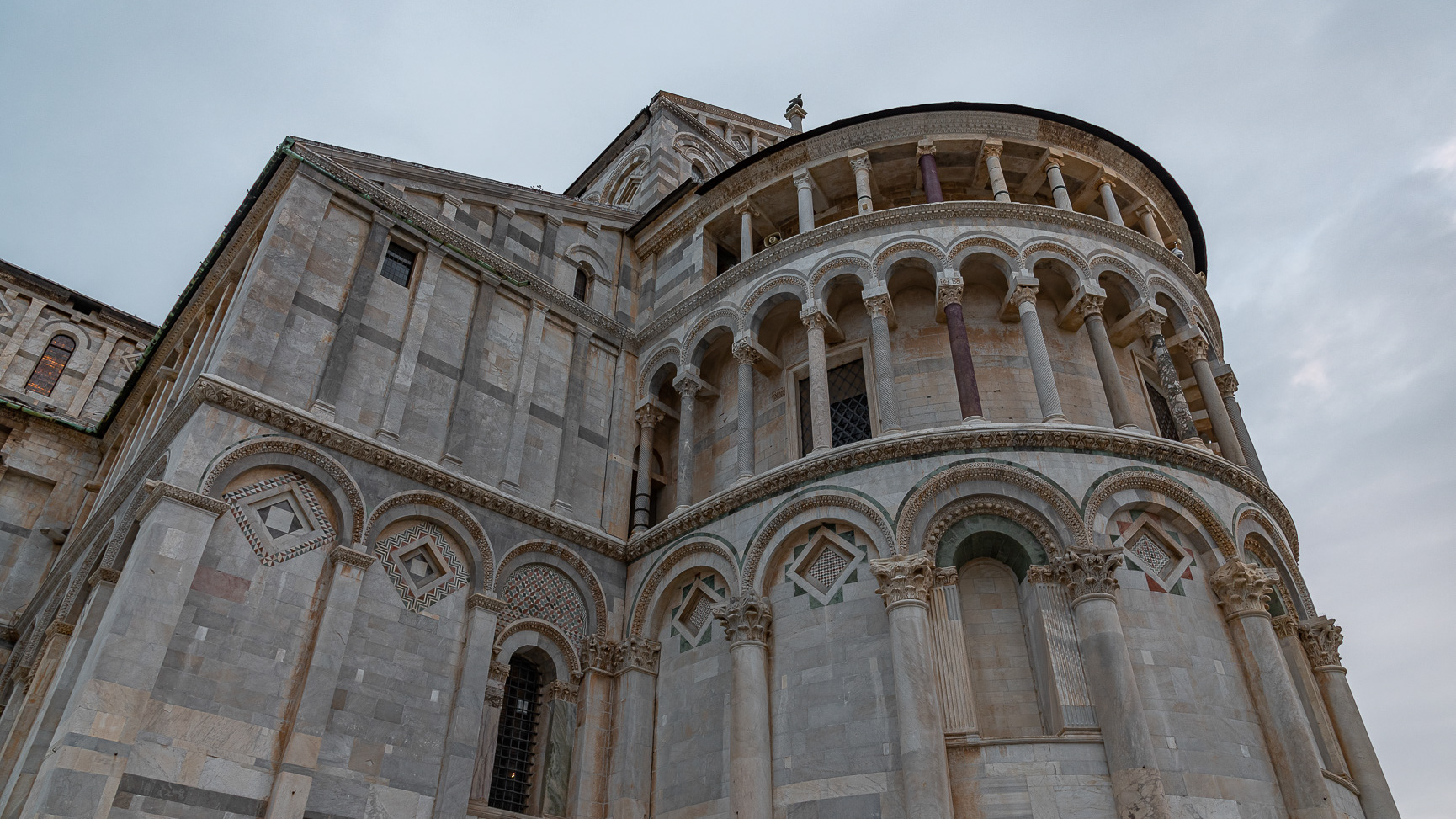
2021
Pisa, the cathedral of Santa Maria Assunta
The cathedral of Santa Maria Assunta, in the center of the Piazza del Duomo, also known as Piazza dei Miracoli, is the medieval cathedral of Pisa as well as the primatial church. Masterpiece of the Romanesque, in particular of the Pisan Romanesque, it represents the tangible testimony of the prestige and wealth achieved by the maritime republic of Pisa at the moment of its apogee. It was begun in 1063 (1064 according to the Pisan calendar in force at the time) by the architect Buscheto, with the tenth part of the booty of the undertaking of Palermo in Sicily against the Muslims (1063) led by Giovanni Orlandi belonging to the Orlandi family [1] . Different stylistic elements come together: classical, Lombard-Emilian, Byzantine and in particular Islamic, proof of the international presence of Pisan merchants at that time. In that same year the reconstruction of the Basilica of San Marco in Venice was also begun, so it may well be that at the time there was a rivalry between the two maritime republics to create the most beautiful and sumptuous place of worship. The church was erected in an area outside the early medieval walls, to symbolize the power of Pisa which did not need protection. The chosen area was already used in the Lombard period as a necropolis and, already in the early 11th century, an unfinished church was erected which must have been dedicated to Santa Maria. The new large church of Buscheto, in fact, was initially called Santa Maria Maggiore until it was definitively dedicated to Santa Maria Assunta.
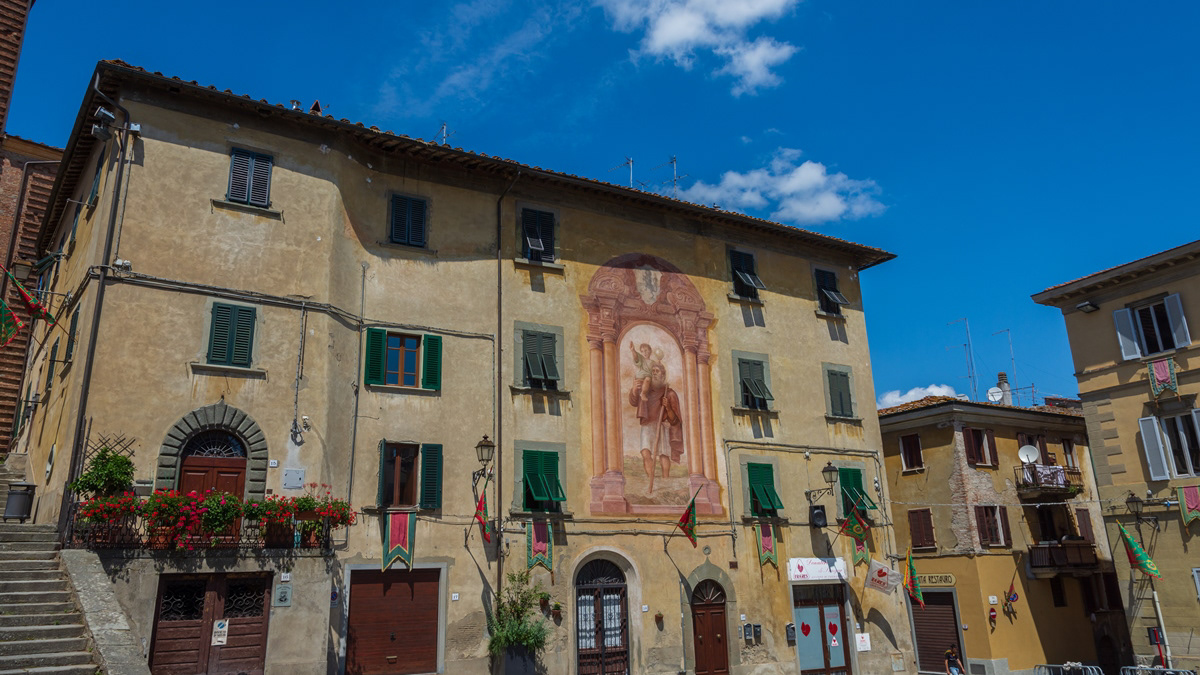
2018
Fucecchio
Fucecchio (pronounced / fuˈʧekkjo /; fučékki̯o, Ficeclum in Latin) is an Italian town of 23,343 inhabitants in the metropolitan city of Florence in Tuscany, in the lower Valdarno. The Municipality is located on the right bank of the Arno river, on the border between the metropolitan city of Florence and the provinces of Pisa, Lucca and Pistoia and near the wet area of the Fucecchio Marsh. Its territory covers an area of 65 km², on average around 25 m s.l.m .; the town extends partly lying on a hill, which since ancient times has taken the name of "Poggio Salamartano", and for the most part in the flat area on its slopes. About 45 kilometers from Florence and 38 from Pisa, included in the Leather District, borders to the north with the municipalities of Chiesina Uzzanese and Ponte Buggianese, to the east with the municipalities of Larciano and Cerreto Guidi, to the south with the municipality of San Miniato and to the west with the municipalities of Santa Croce sull'Arno, Castelfranco di Sotto and Altopascio. The toponym is attested for the first time in 1027 [5] as "Ficiclo", "Ficecli" and "Ficecchio" and derives from the Latin ficetulum with the meaning of "wood of fig, place of figs ".
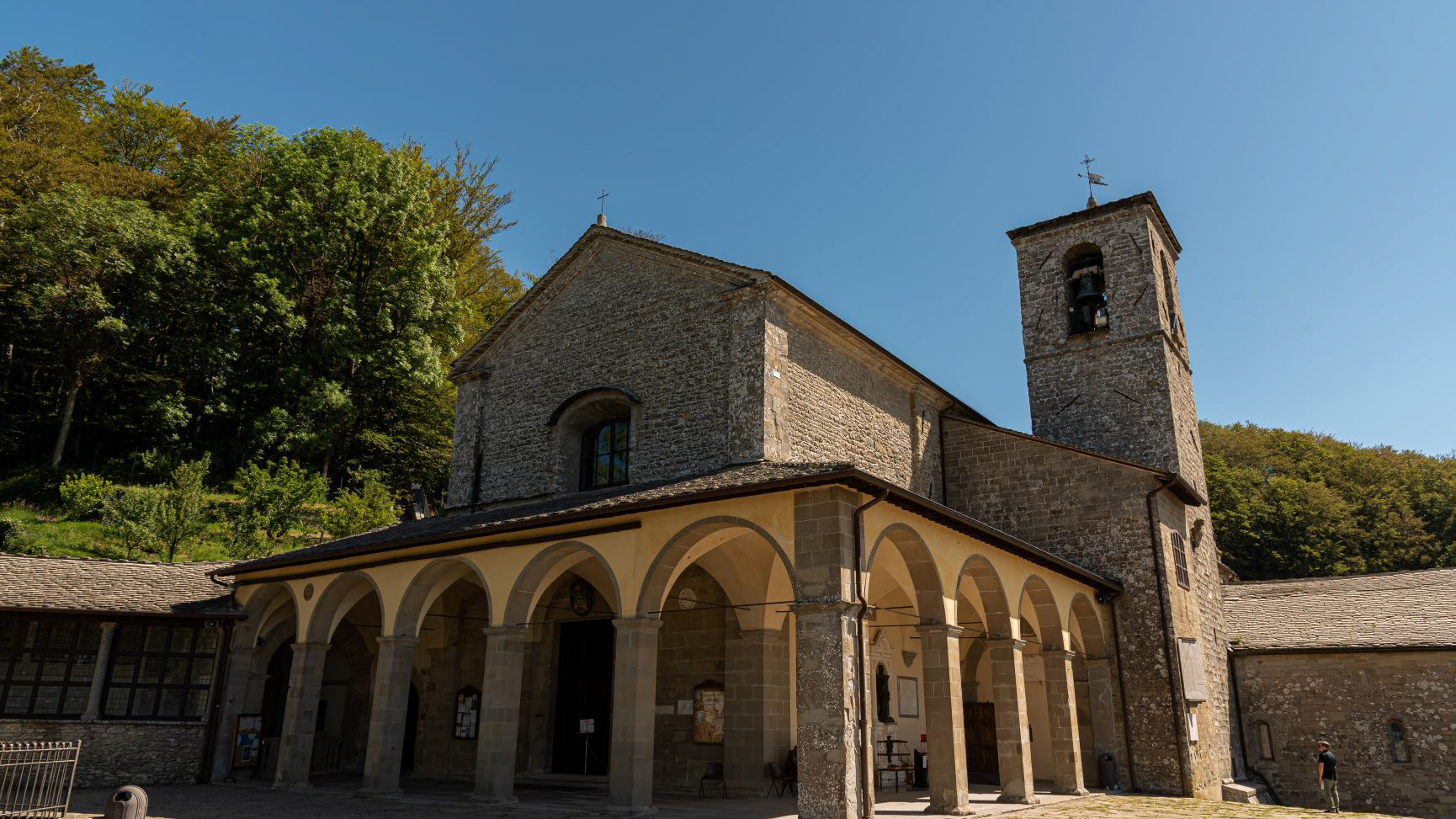
2021
The Franciscan sanctuary of La Verna.
The Franciscan sanctuary of La Verna (province of Arezzo) is famous for being the place where St. Francis of Assisi received the stigmata on September 16, 1224.
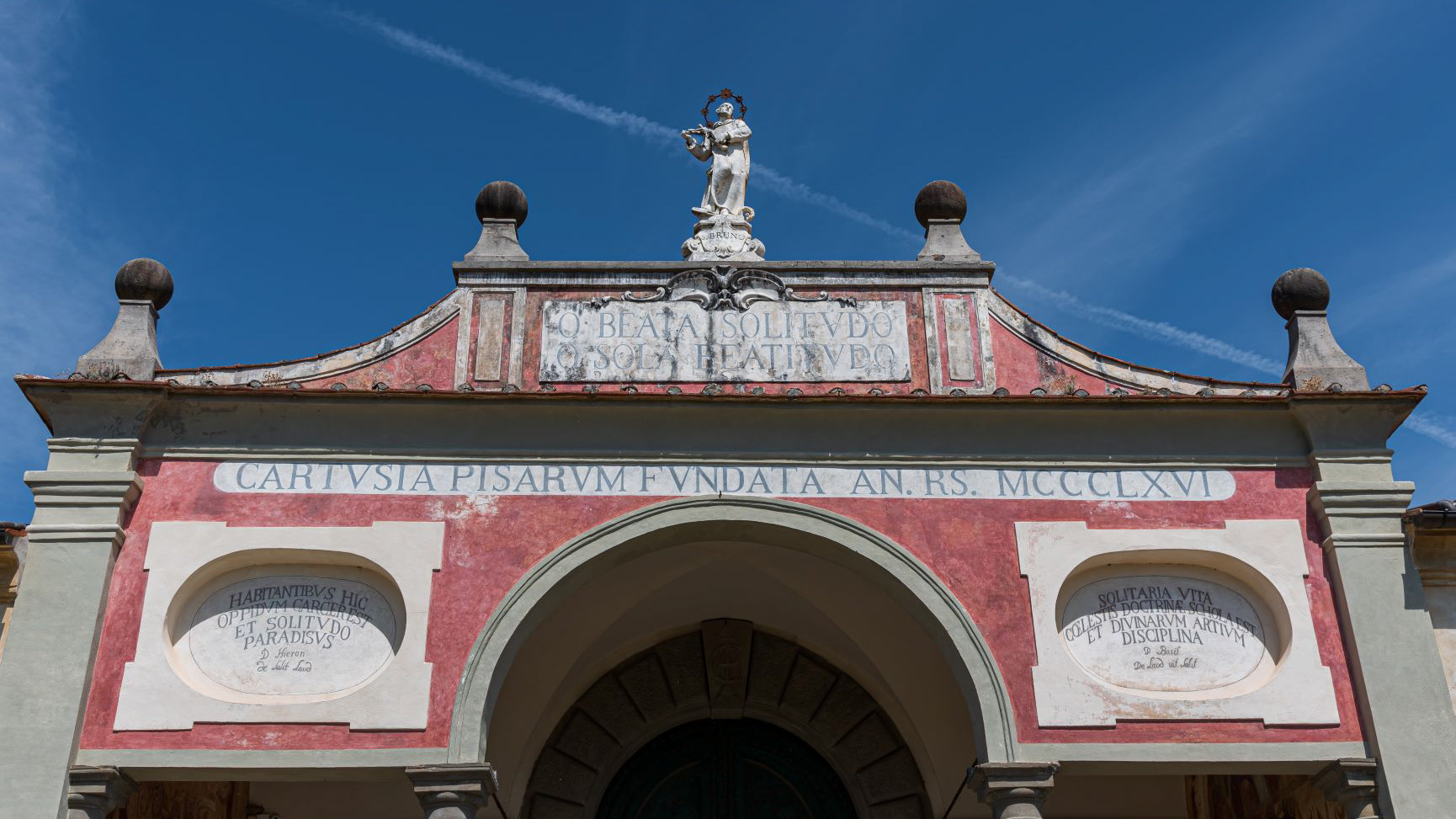
2021
Calci. The Charterhouse of Val Graziosa
The Certosa della Val Graziosa di Calci, commonly known as the Certosa di Pisa or also the Certosa di Calci, is located in the province of Pisa, in the municipality of Calci, in a flat area on the slopes of the Pisan mountains called "Val Graziosa".
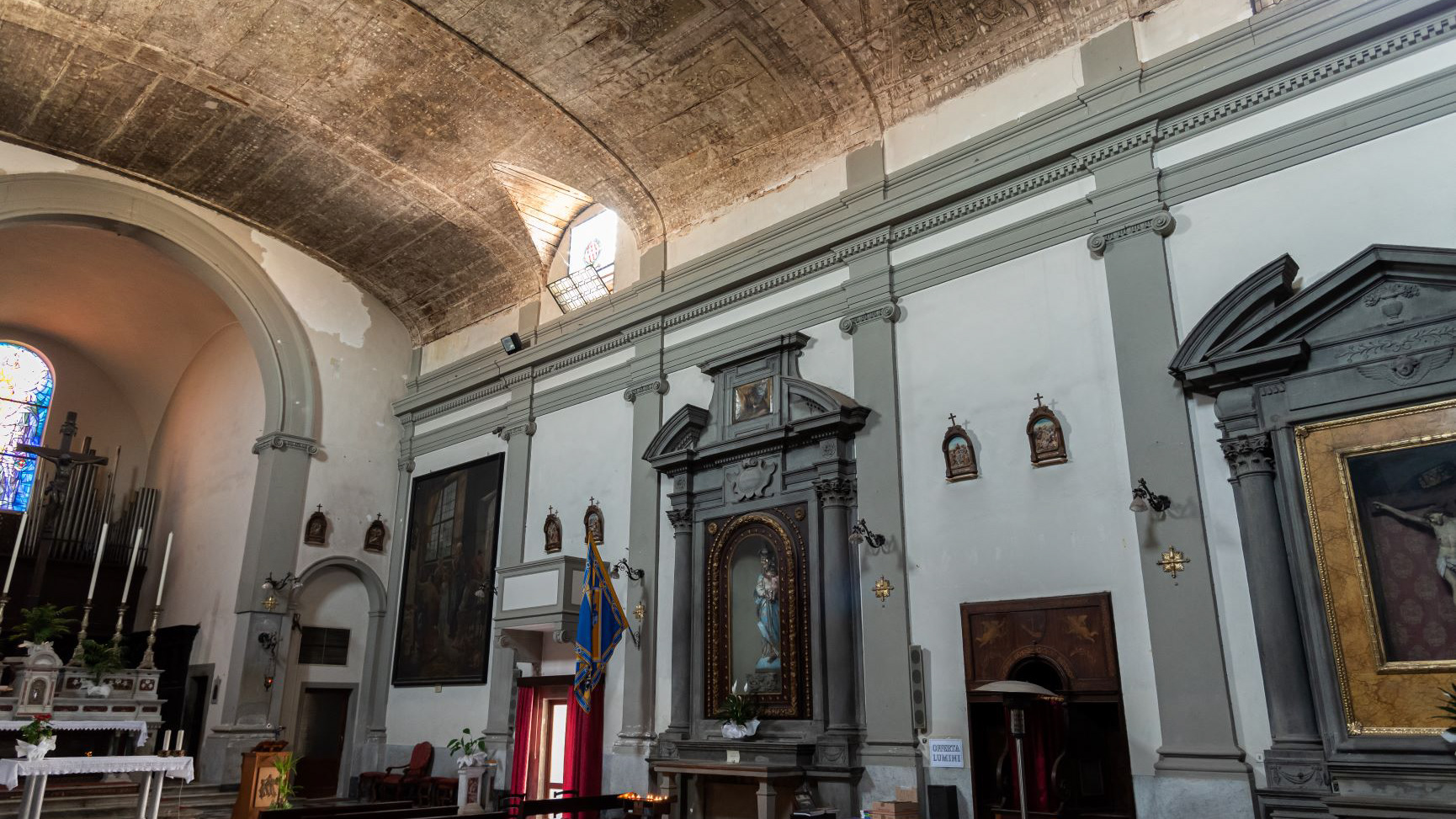
2021
Fucecchio. Franciscan Convent of the Virgin
It was built in the early seventeenth century. Instead of a small sixteenth-century oratory, a church and a convent were built, which in the mid-seventeenth century became a Franciscan.
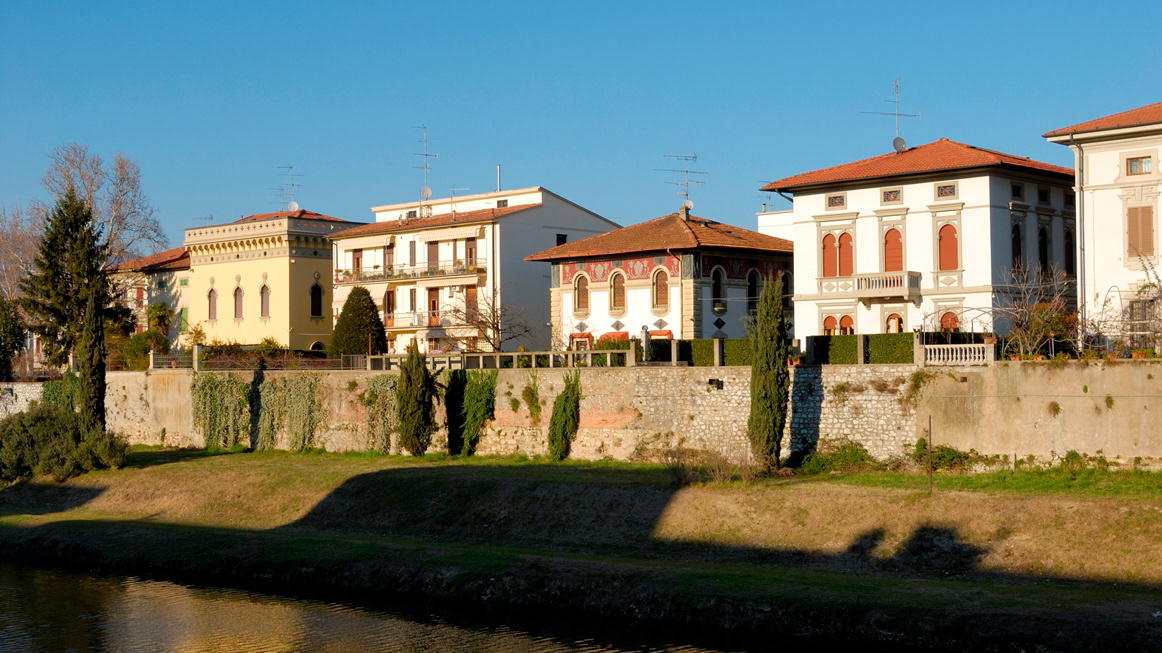
2008
Prato
Prato is an Italian town of 194,390 inhabitants, the capital of the province of the same name in Tuscany. It is the second largest city in Tuscany and the third in central Italy by number of inhabitants after Rome and Florence. Until 1992, the year of the constitution of the province of the same name, it was the most populated non-provincial town in Italy, then in the province of Florence. The Prato plain was inhabited since the Etruscan era, but the birth of the city itself dates back, generally, to the 10th century, when we have news of two contiguous but distinct inhabited centers, Borgo al Cornio and Castrum Prati, which merged during the following century. In the Prato economy, textile production has always played a leading role since the Middle Ages, as evidenced by the documents of the merchant Francesco Datini, but it is in the nineteenth century that Prato saw an impetuous industrial development, which still make it one of the most important districts at the European level. The city boasts historical and artistic attractions of great importance, with a cultural itinerary that begins with the Etruscans and then expanded in the Middle Ages and reached its peak with the Renaissance, when artists of the caliber of Donatello, Filippo Lippi and Botticelli.
